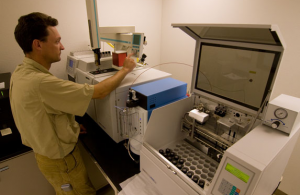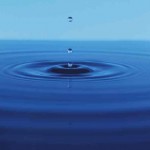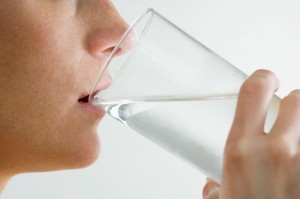 The general public water supplies must also be quality tested, you want satisfaction of knowing your family only consumes water which is safe. You may only need to install a Reverse osmosis system to take out the chemicals added by public water utilities to control algae and bacteria.
The general public water supplies must also be quality tested, you want satisfaction of knowing your family only consumes water which is safe. You may only need to install a Reverse osmosis system to take out the chemicals added by public water utilities to control algae and bacteria.
Water testing is important to the healthiness of you and that relating to your family. While you can utilize water test kits with color strips to check your water, no home-testing kit could be as reliable as having your water supply tested by an experienced water testing laboratory making use of water testing methods approved by the U.S. Environmental Protection Agency (EPA).
Water testing is a diverse description for several procedures utilized to analyze water quality.
Testing may perhaps be performed to gauge:
The composition of raw water as perhaps it will contain a number of the following significant contaminants consist of dissolved ions, particles and living organisms:
- Tanic acid and other complex acids caused by plant decay. These appear in peat and soil and are significant in discoloring ground water.
- minerals which can make water hard. Most common are carbonates of calcium and magnesium. particles of clay and silt.
- microorganisms which include bacteria, viruses, protozoa and their cysts.
- absorbed air molecules, especially oxygen
- salt making water brackish
Raw water
is basic water based in the environment, including rain water,
ground water, and water from systems like waterways. Water during this
form is regarded as raw, in contrast to water that’s been treated before
consumption, most notably tap water, or water which has previously been input to an
industrial process.
“raw water” quality–characteristics of the water source previous to treatment for
residential consumption (tap water). See Bacteriological water analysis and specific
tests for instance turbidity typical hard water.
“finished” water
quality–water
processed inside a water purification plant or a professionally installed home water treatment system.

